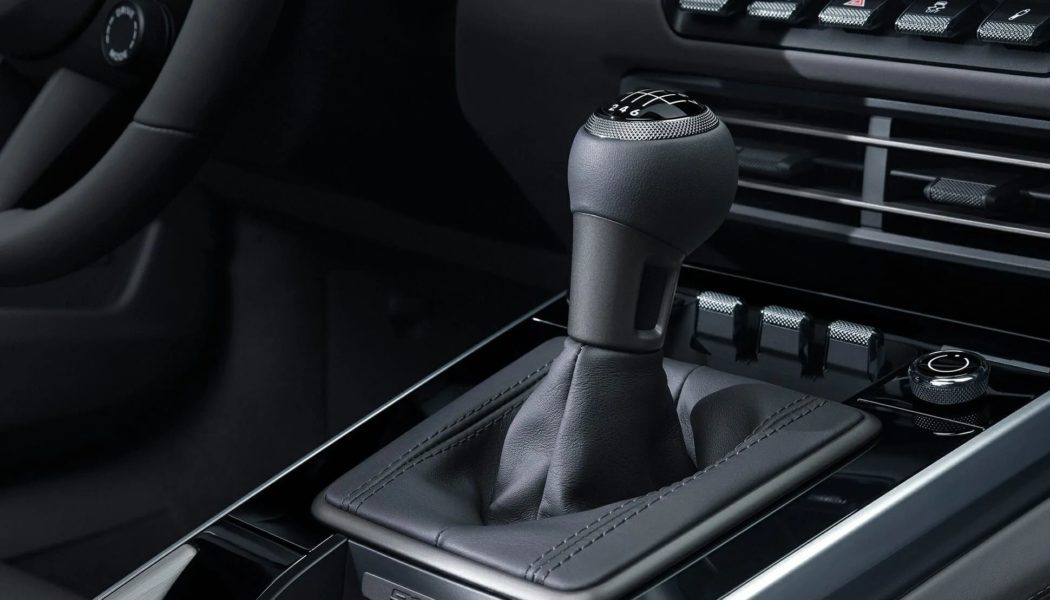
I love manual transmissions. I grew up driving with a stick. I still own one as my technical “daily driver,” even though it’s seldom driven daily while I’m testing cars. But each year, the list of vehicles offering manual transmissions grows smaller. And my sentiments feel like even more of an anachronism.
The debate is not so much whether the manual transmission is dying but where it resides on the death continuum, with only a few niche models keeping it on life support. The forces at work against the manual transmission are insurmountable, and even the #savethemanuals hashtag has profound “old man shouting into the wind” energy.
1. Automatic transmissions are simply better than manual transmissions
Automatic transmissions have become far better than they once were. Current auto boxes are both efficient and intuitive. They outperform humans with a stick shift, whether it’s on track or in everyday life.
The laundry list of practical reasons one used to opt for a manual — like fuel economy — no longer exist. There isn’t a single justification for putting a manual in a car in 2024 beyond sheer driver engagement, which is a reason but not a practical one.
2. Drivers don’t want manual transmissions
You may hear car journalists pine for stick shifts, but car journalists differ markedly from the general population: civilians don’t like driving manuals. Exact numbers will vary depending on the source, but manual transmission sales make up about one to two percent of car sales.
3. Electric and electrified cars don’t need manual transmissions
The automotive world is going electric and manual transmissions have no relevance in that world. Electric motors generally use a single gear. There’s no reason to shift as you get peak torque on tap. Honda offered some early hybrids with a manual.
But hybrid tech has grown to the point where a stick shift would not be helpful even if it were feasible. Most hybrids stick with CVTs or — if looking for some driving engagement — conventional automatic transmissions.








